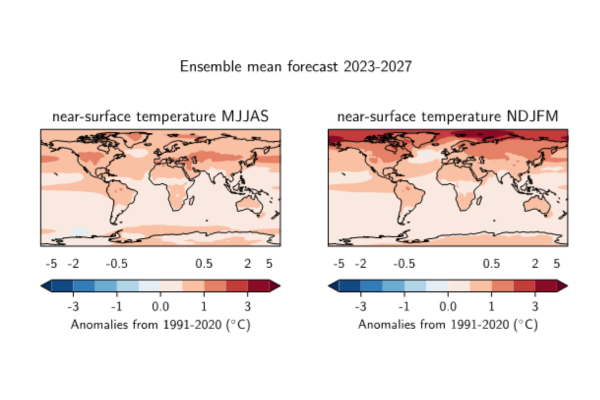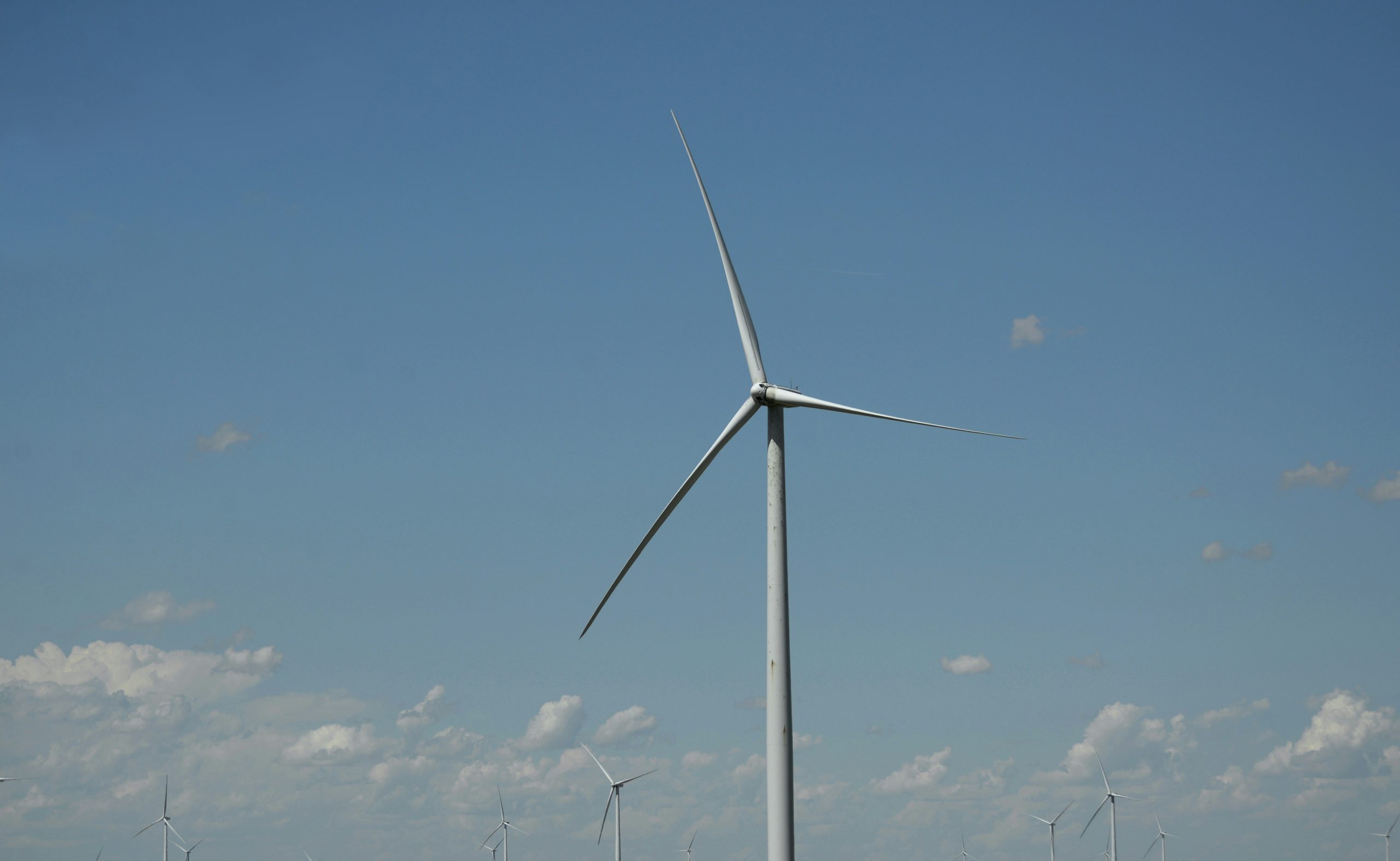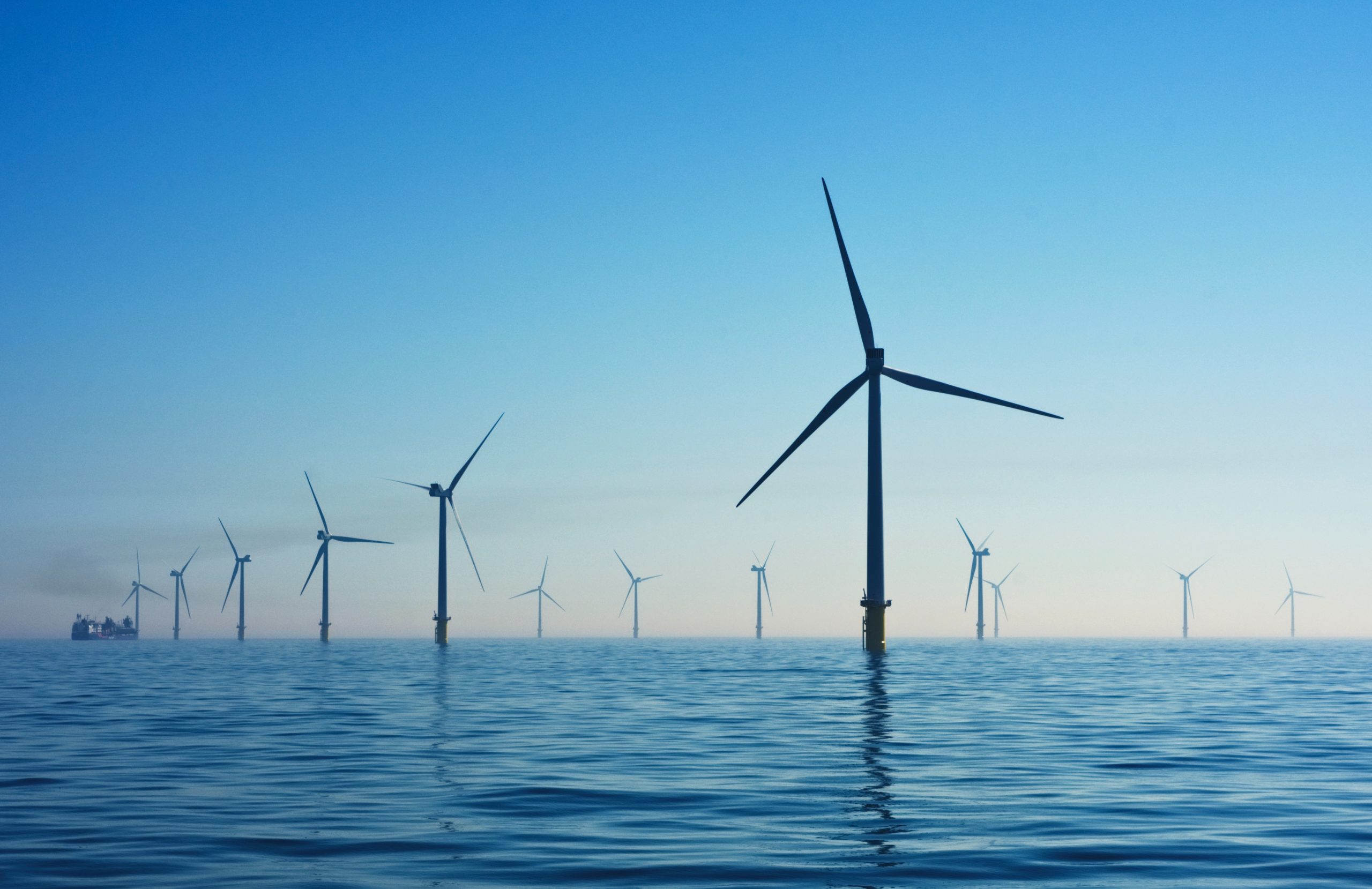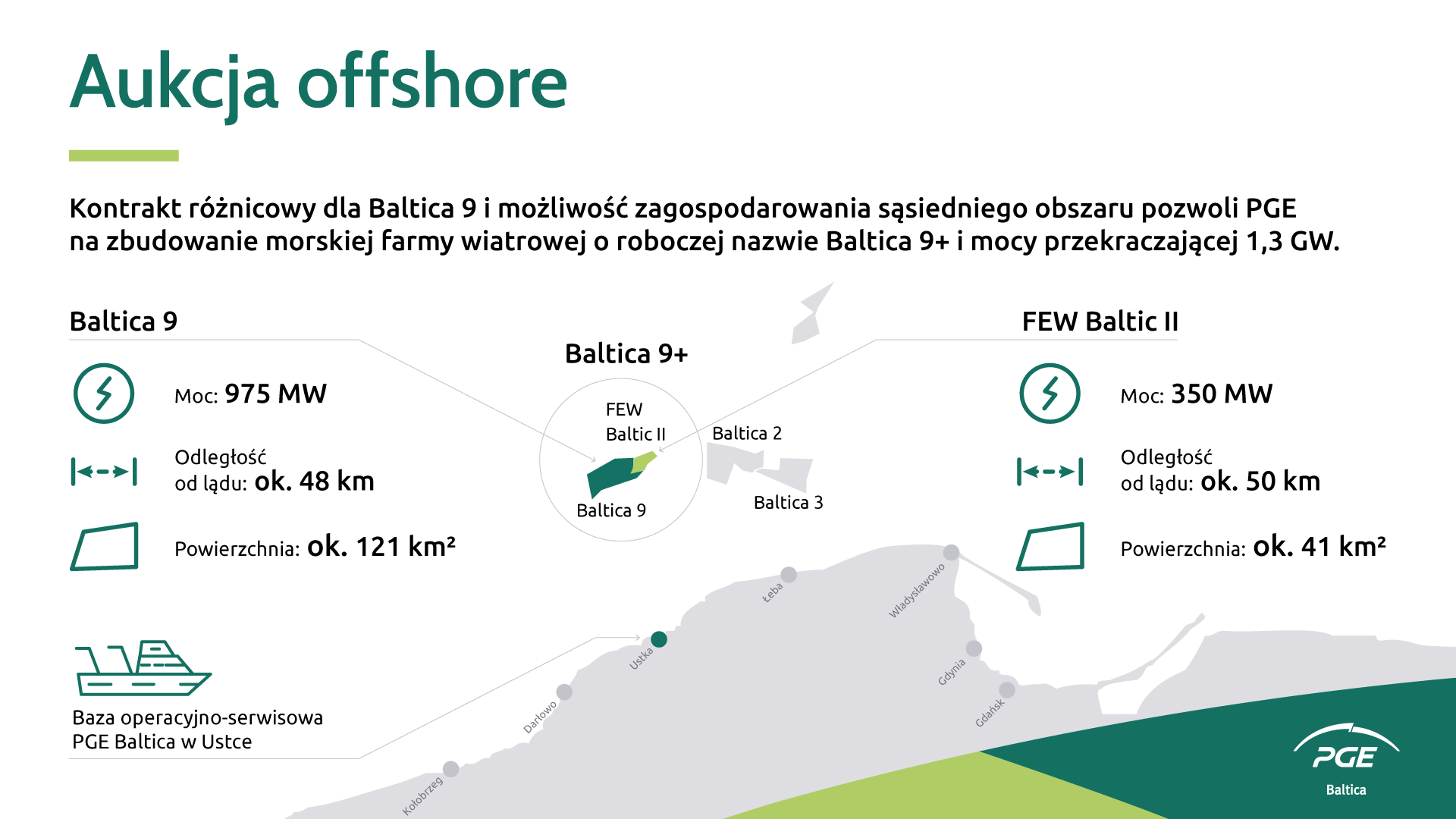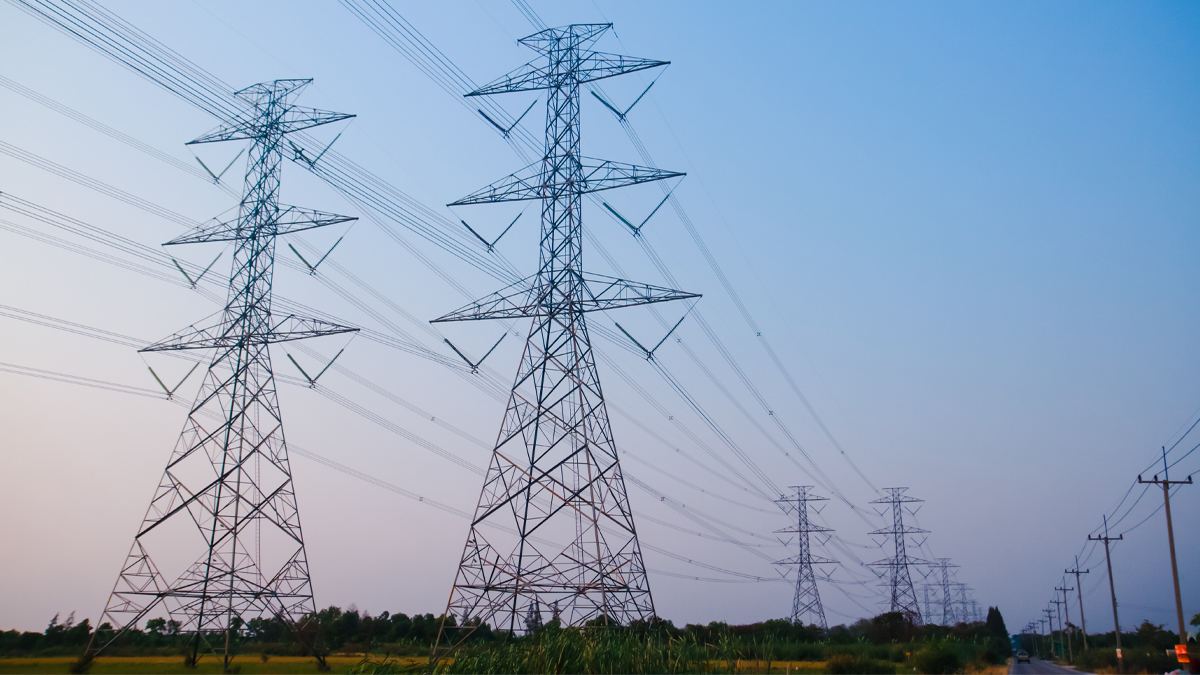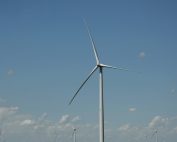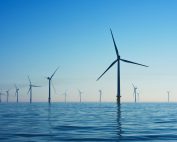The World Meteorological Organization (WMO) has released a report indicating that global temperatures are projected to soar to unprecedented levels over the next five years. This forecast has significant implications for the Baltic Sea region, which is likely to experience the effects of this temperature surge.
The report highlights that near-surface temperatures in 2022 showed a mixed pattern globally, with colder conditions in the tropical East Pacific due to La Niña. However, warmer anomalies were observed over Eurasia, including the Baltic Sea region. The Arctic, in particular, experienced significant warming, with temperature anomalies projected to be over three times larger than the global average anomaly during the upcoming five northern hemisphere extended winters.
Regarding regional predictions for 2023-2027, the report indicates a high probability of above-average temperatures during the May to September period in almost all areas, including the Baltic Sea region. Land areas are expected to experience more pronounced warming compared to ocean regions. These predictions have a high level of confidence, given the very high skill demonstrated in the models.
The report also offers insights into precipitation patterns for the same season. The Sahel, northern Europe, Alaska, and northern Siberia are expected to receive increased rainfall, while the Amazon and parts of Australia may experience reduced precipitation. The confidence level for these predictions ranges from low to medium, with moderate skill in some regions.
Turning to the November to March period, the forecast indicates that warm anomalies are likely to prevail almost everywhere, including the Baltic Sea region. Land temperatures are projected to exhibit larger anomalies compared to ocean temperatures. The Arctic, above the 60°N latitude, is anticipated to experience temperature anomalies more than three times greater than the global mean anomaly. In the North Atlantic subpolar gyre, negative anomalies, known as a “warming hole,” are expected, possibly related to a reduction in the Atlantic Meridional Overturning Circulation (AMOC). The skill level for these predictions is high in most regions, providing medium to high confidence.
In terms of precipitation predictions for the November to March period, higher than average precipitation is anticipated in high-latitude regions in the northern hemisphere, including parts of the Baltic Sea region. The subtropics, however, may experience reduced precipitation. The skill level varies from low to moderate, with low to medium confidence in the forecast for increased precipitation in specific regions, such as northern Eurasia, Greenland, and the Canadian Arctic Archipelago. There is also a suggestion of wetter conditions in the Greater Horn of Africa during this period, although confidence is low due to limited skill in the models.
The findings of this report emphasise the urgency of climate change adaptation in the Baltic Sea region. The projected temperature increases and shifting precipitation patterns may have significant implications for various sectors, including agriculture, water management, and coastal infrastructure. Policymakers and stakeholders in the region are urged to take these predictions into account when formulating strategies for climate resilience and mitigation efforts.
As the WMO continues to provide vital information on weather, climate, and water, it remains crucial for nations and regions, including those surrounding the Baltic Sea, to prioritise climate action in line with the objectives of the Paris Agreement. The World Meteorological Congress, scheduled from 22 May to 2 June, will provide a platform for discussions on strengthening weather and climate services to support adaptation and mitigation measures worldwide.
